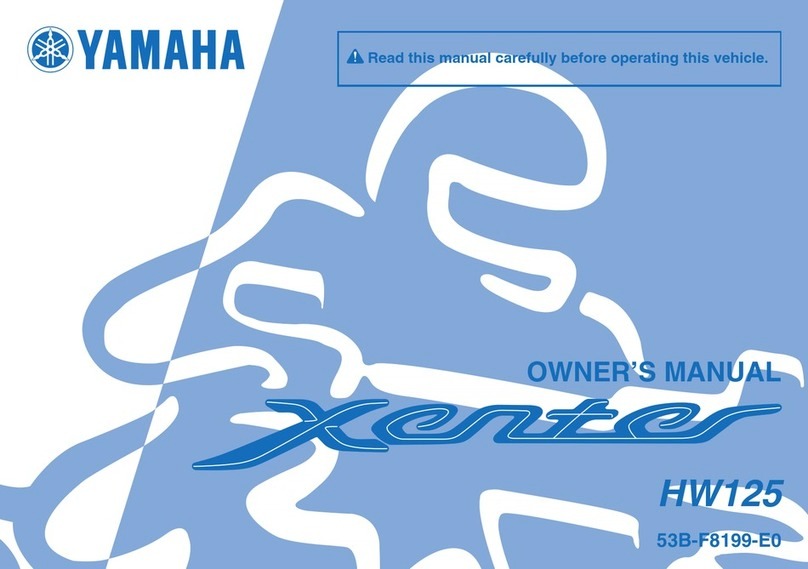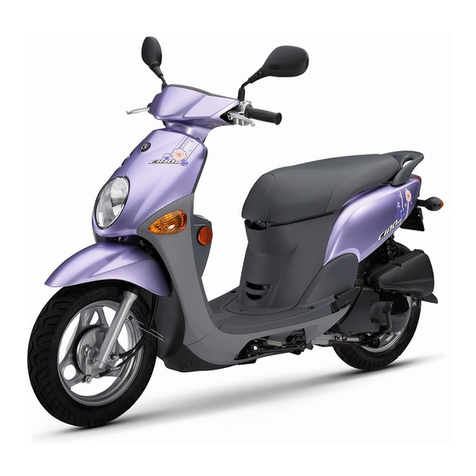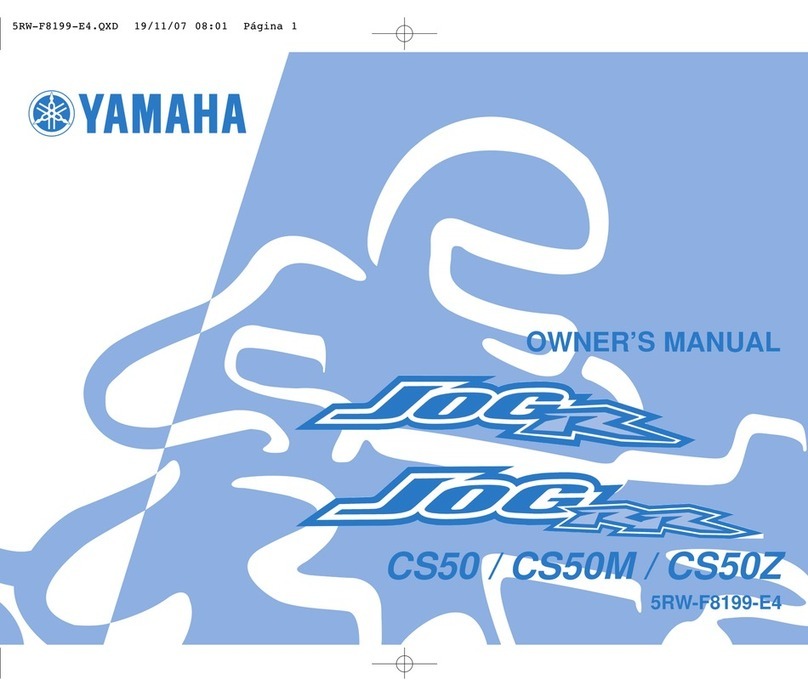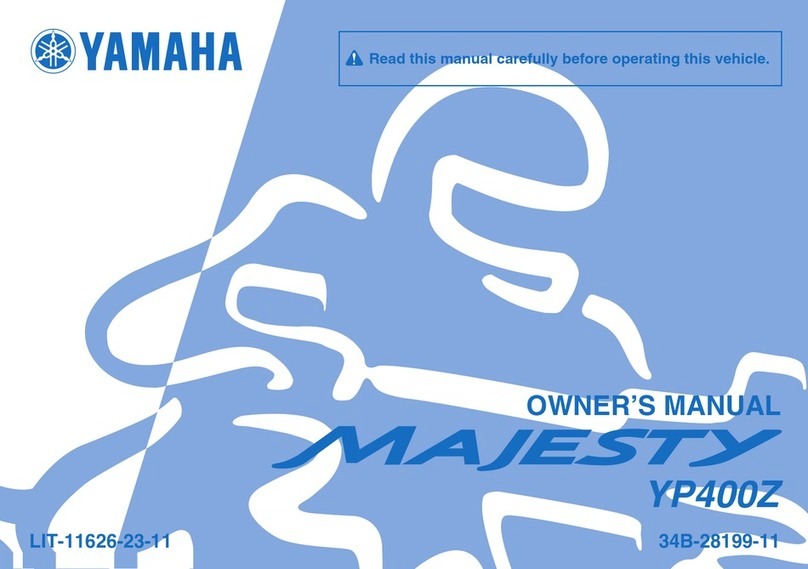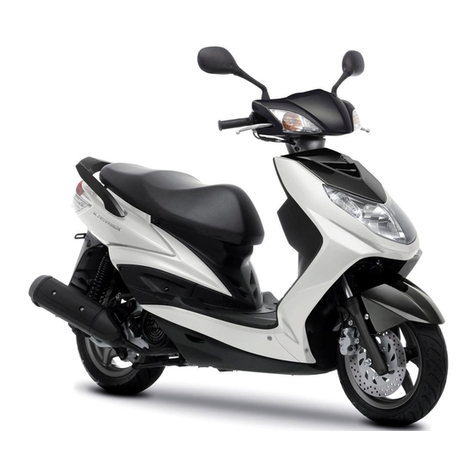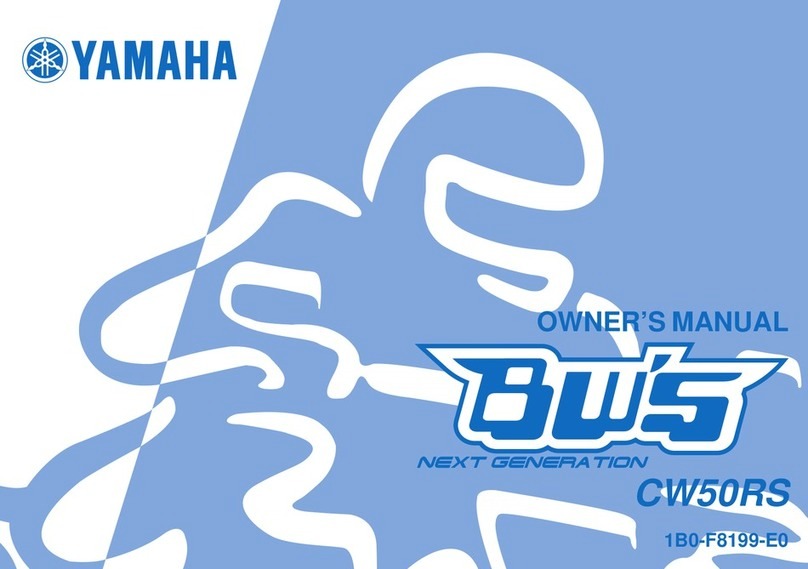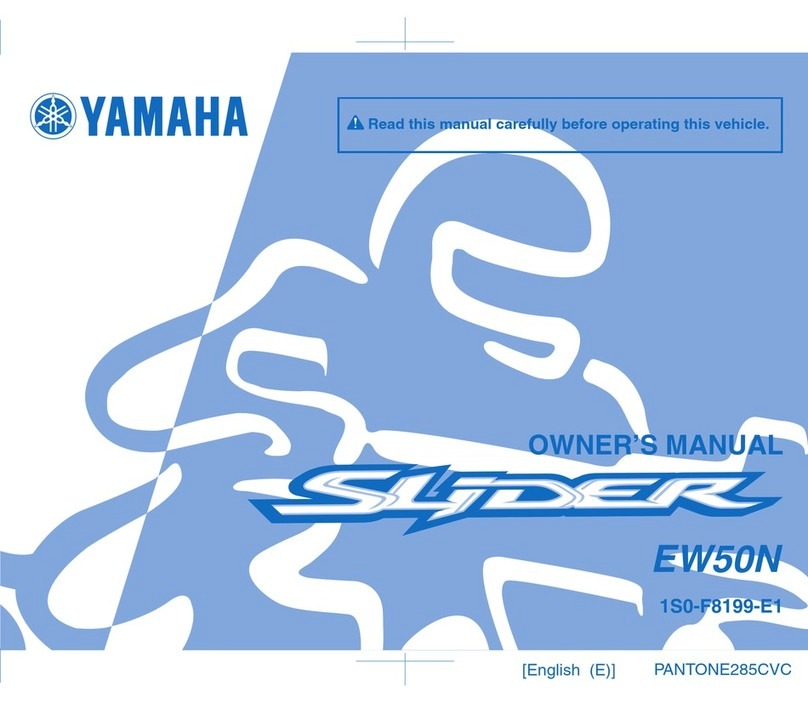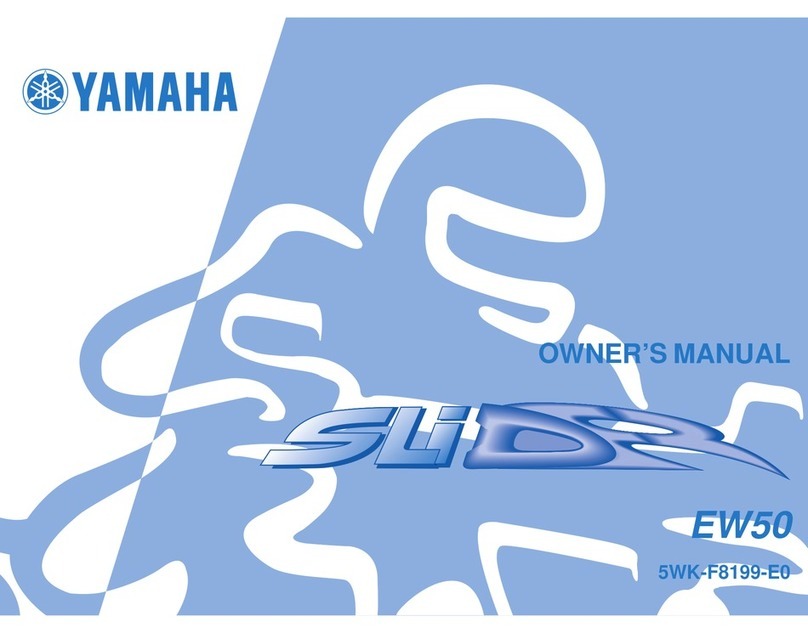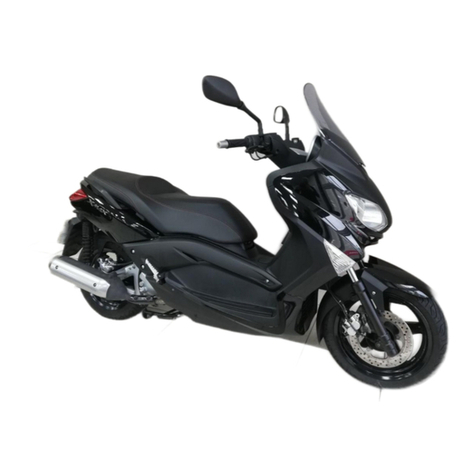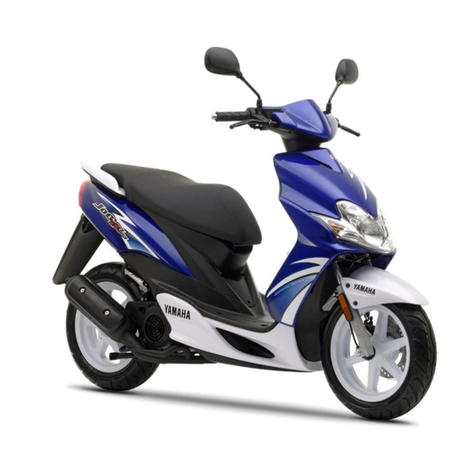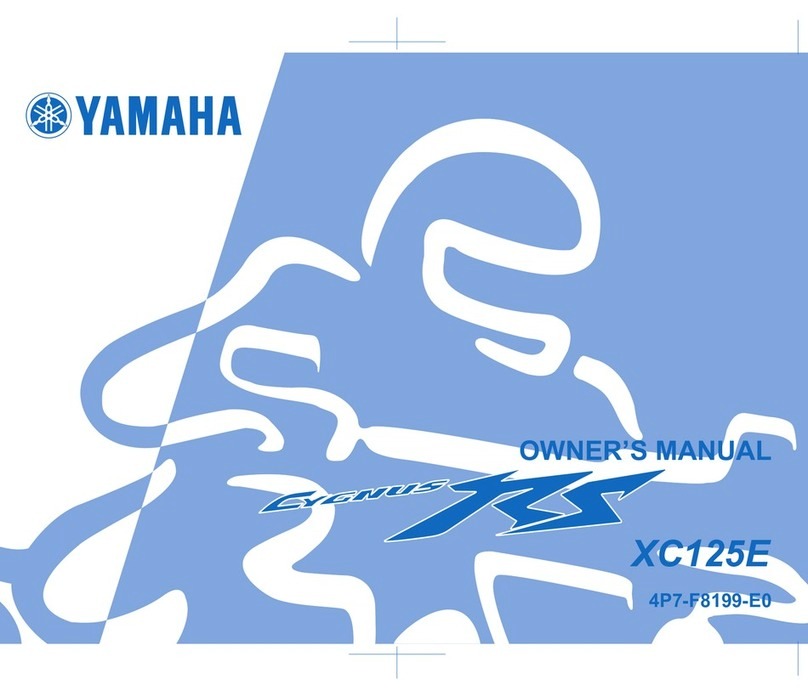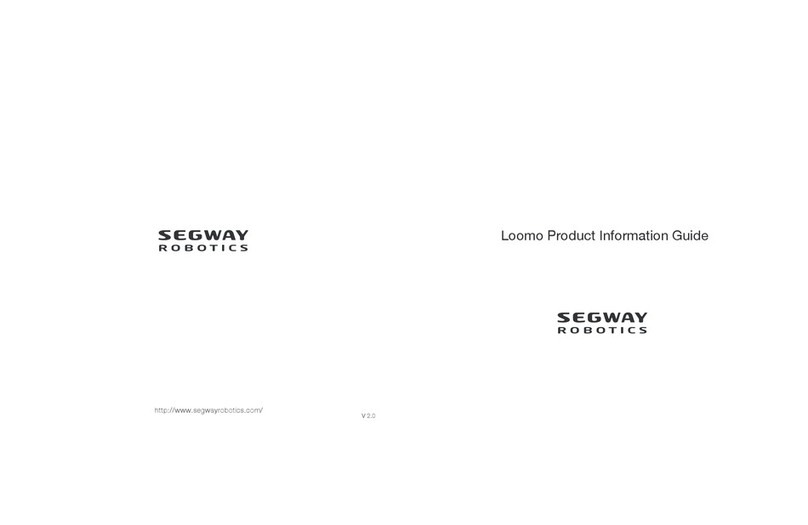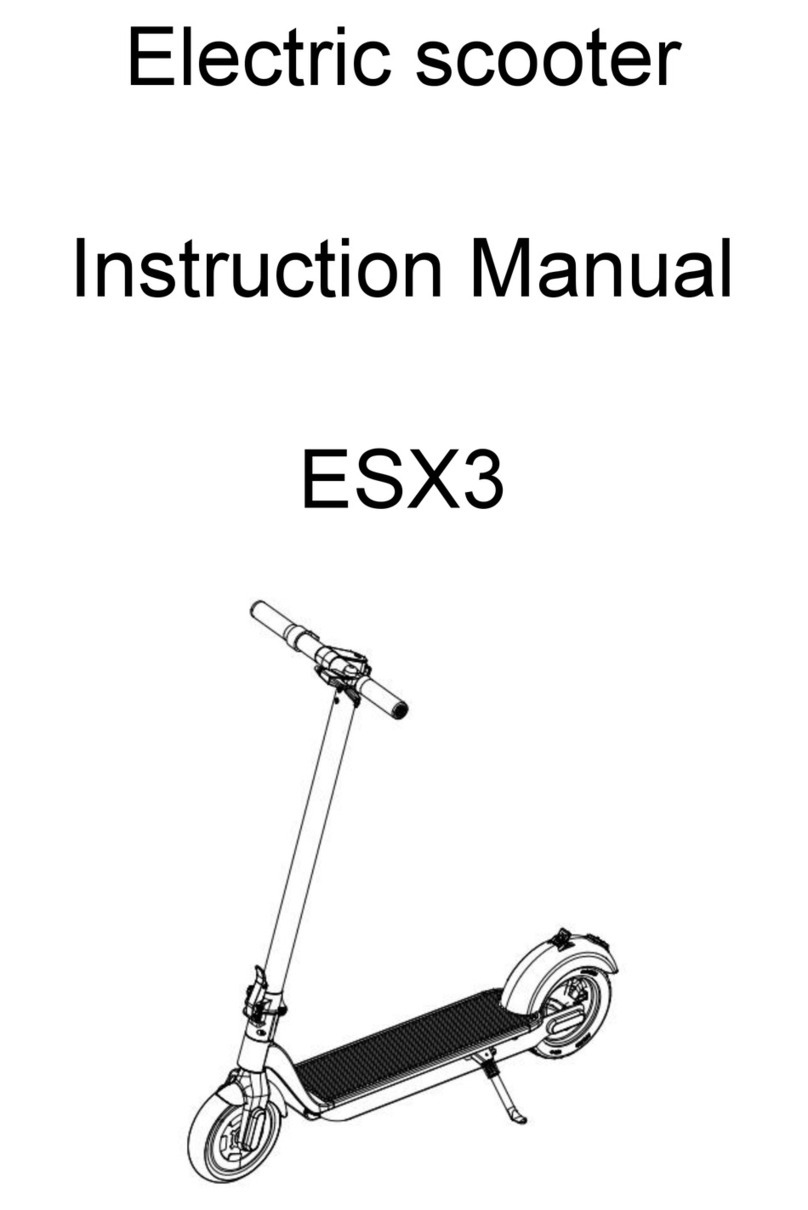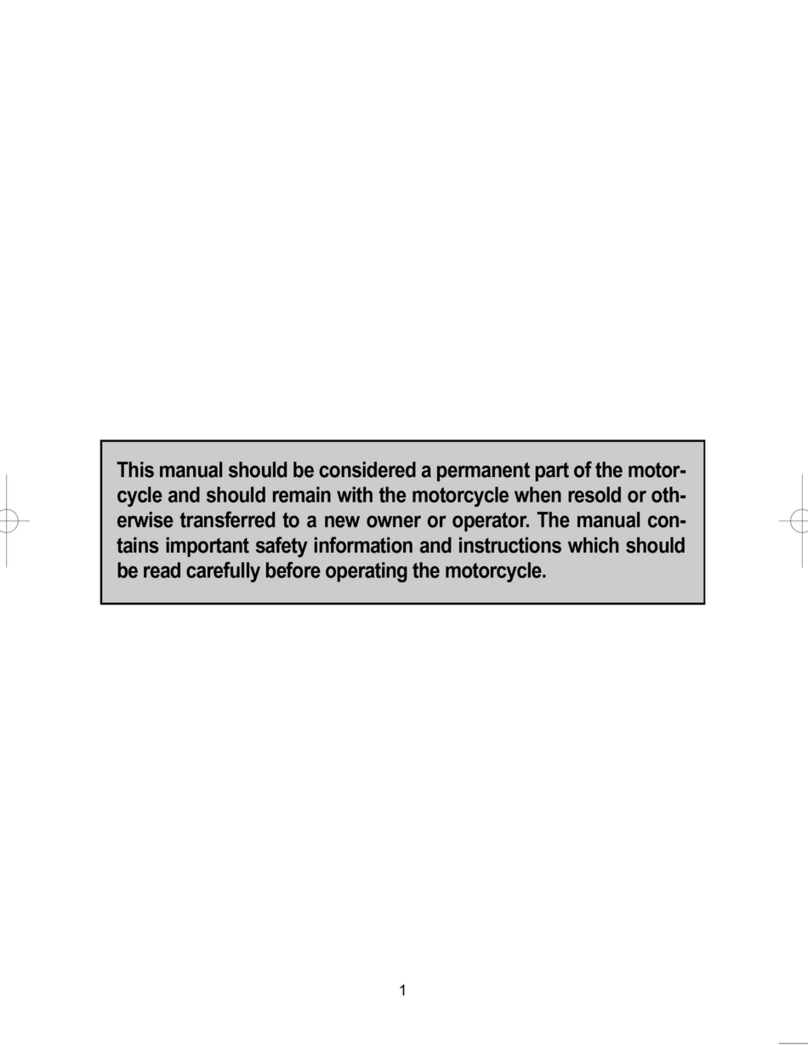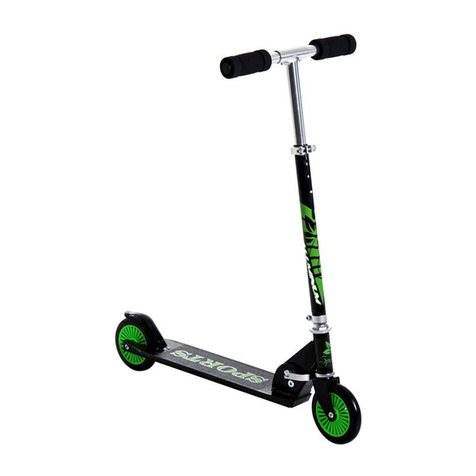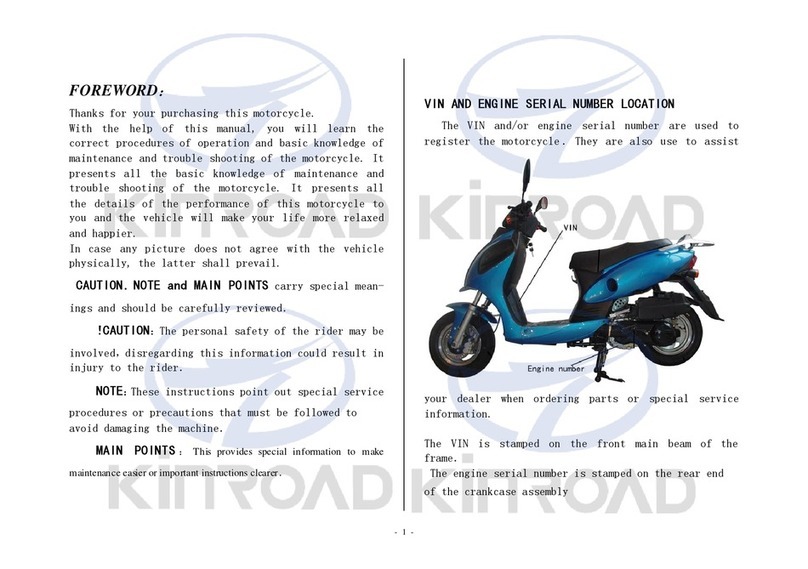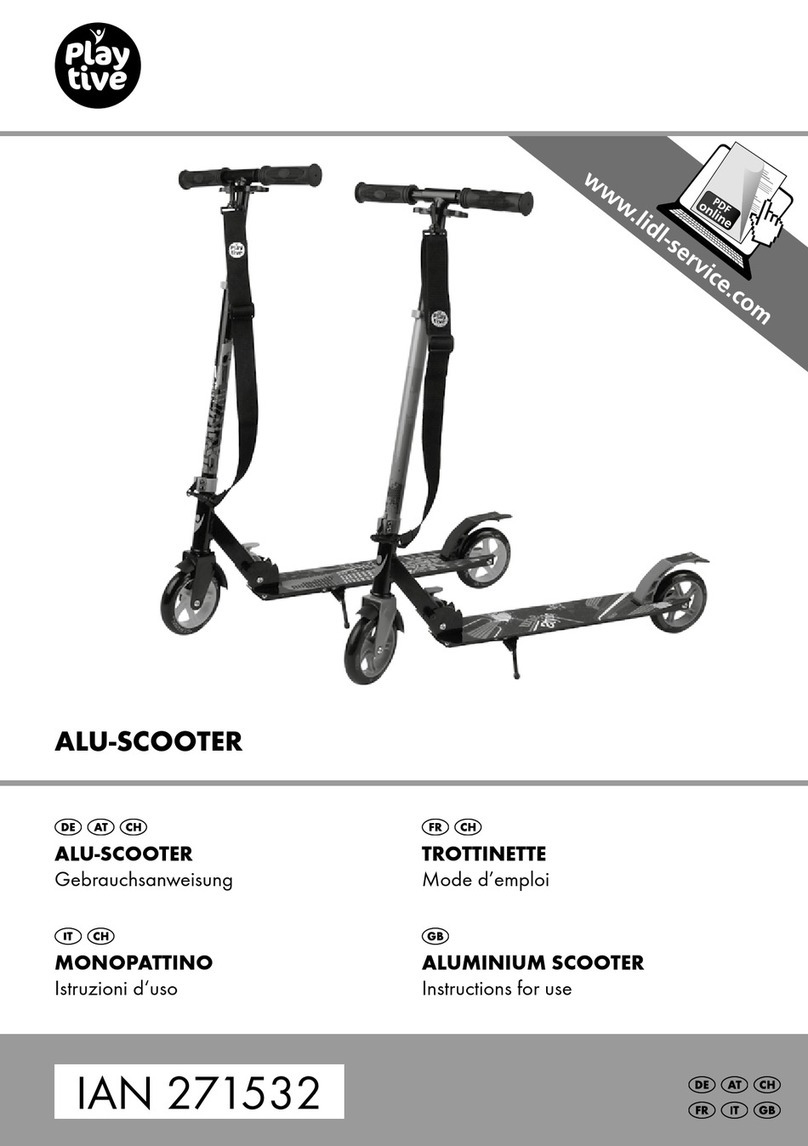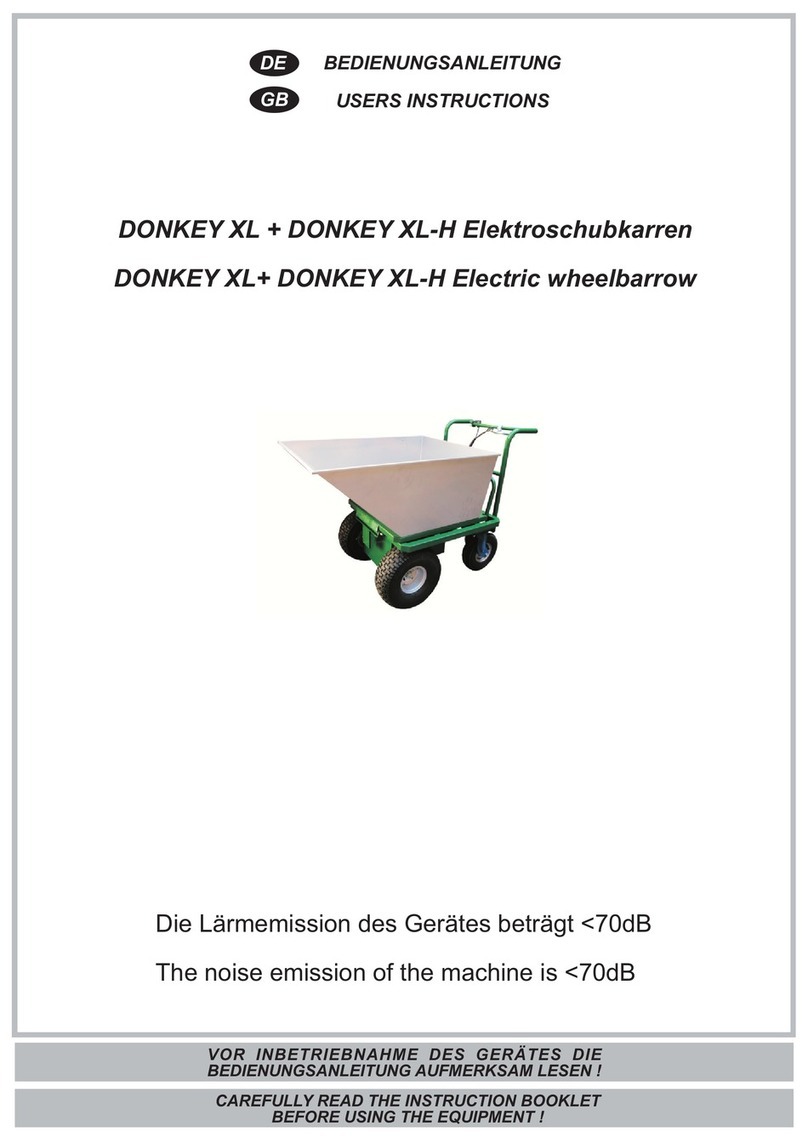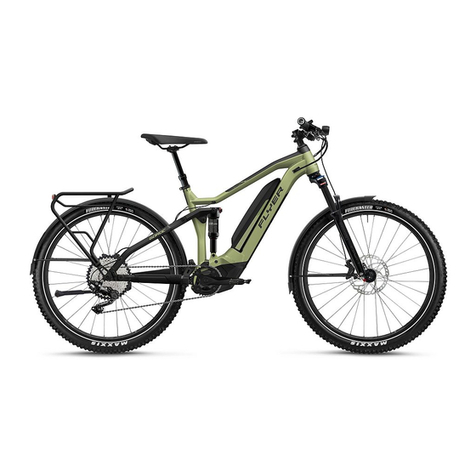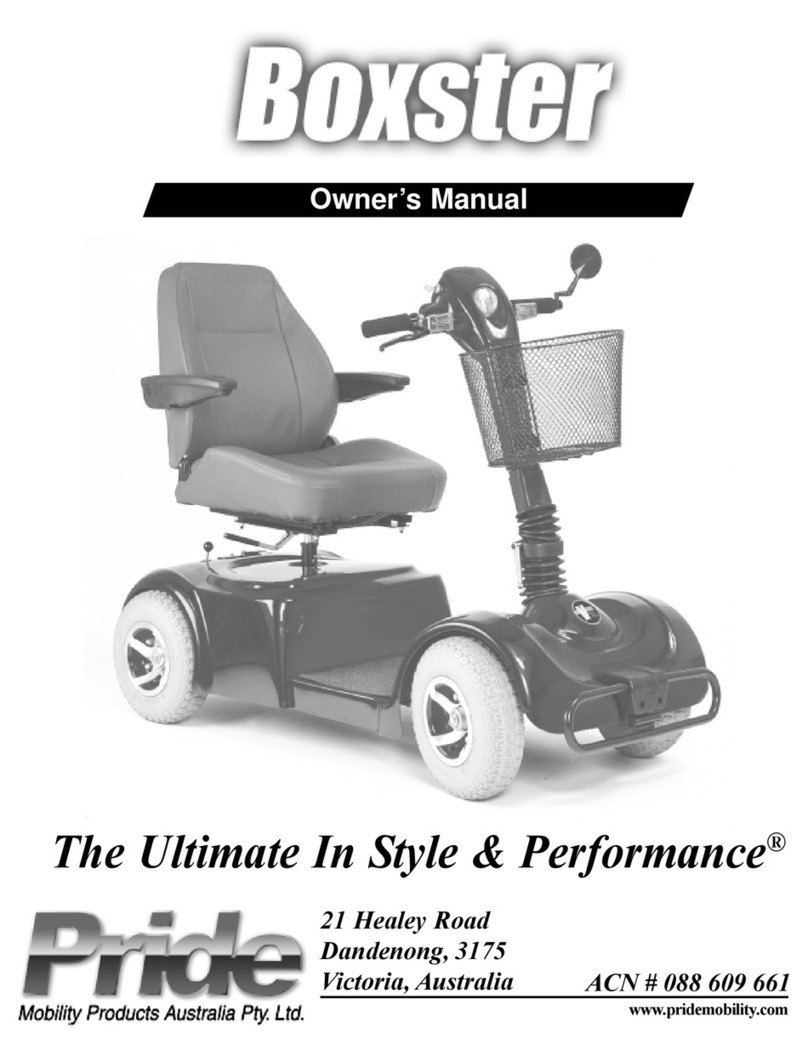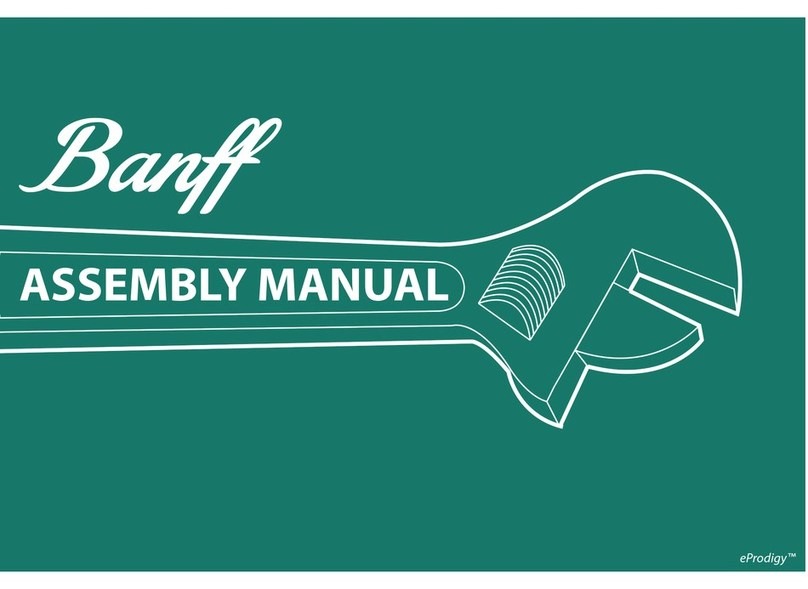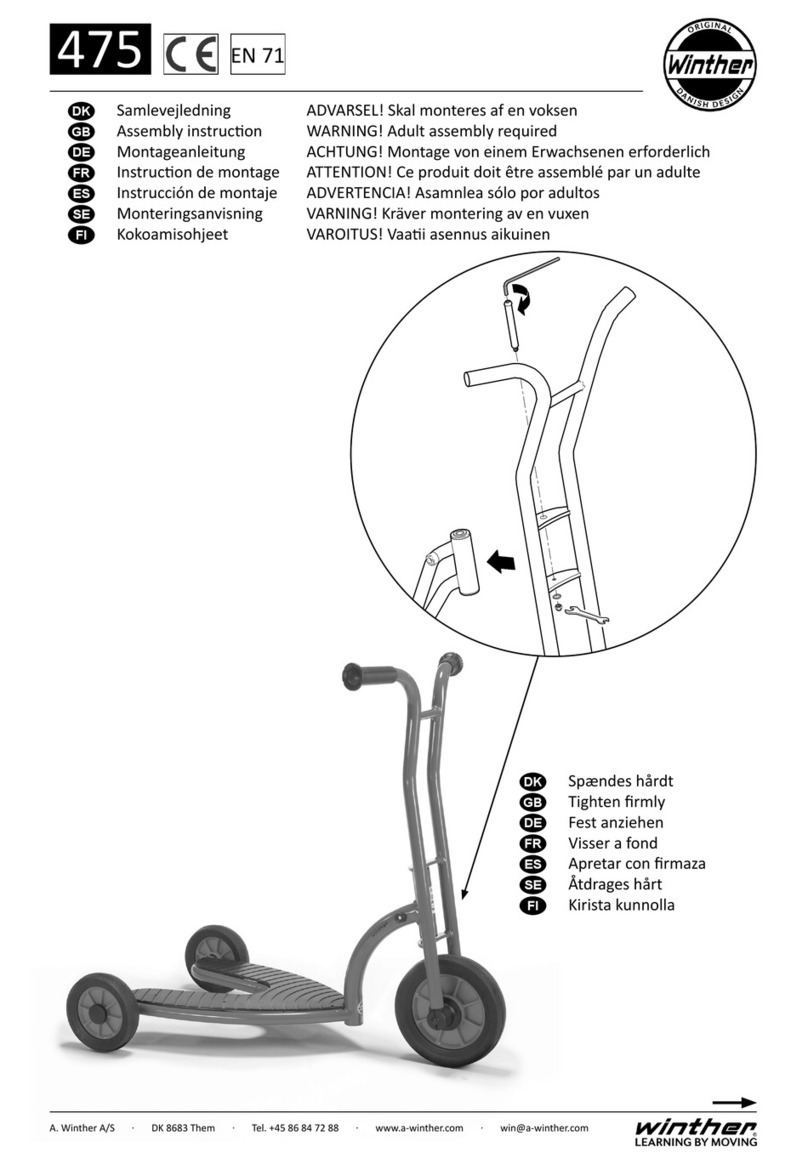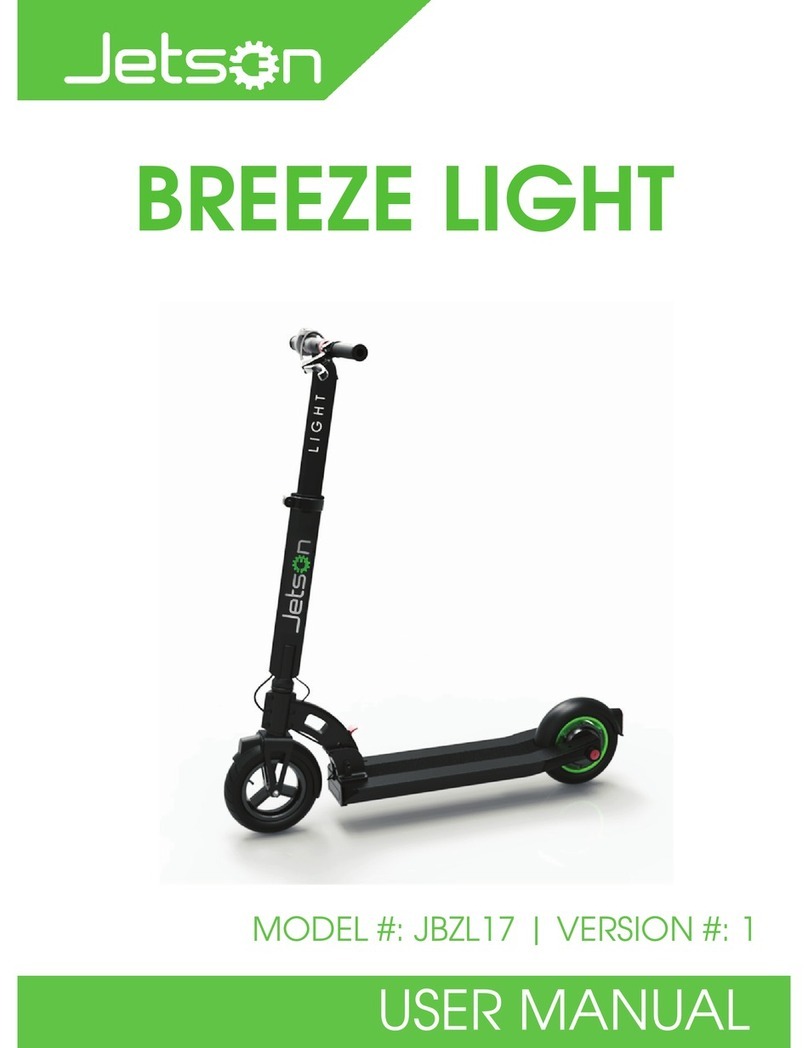EAU00009 TABLE OF CONTENTS
SAFETY INFORMATION ................................. 1-1
Safe riding ..................................................... 1-1
Protective apparel .......................................... 1-2
Modifications .................................................. 1-3
Loading and accessories ............................... 1-3
Gasoline and exhaust gas ............................. 1-5
Further safe-riding points ............................... 1-6
Location of important labels ........................... 1-7
DESCRIPTION ................................................. 2-1
Left view ........................................................ 2-1
Right view ...................................................... 2-2
Controls and instruments ............................... 2-3
INSTRUMENT AND CONTROL FUNCTIONS . 3-1
Main switch/steering lock ............................... 3-1
Indicator and warning lights ........................... 3-2
Speedometer unit ......................................... 3-3
Fuel gauge ..................................................... 3-4
Handlebar switches ....................................... 3-4
Front brake lever ........................................... 3-5
Rear brake lever ............................................ 3-5
Fuel tank cap ................................................. 3-6
Fuel ................................................................ 3-7
2-stroke engine oil ......................................... 3-8
Kickstarter ...................................................... 3-9
Seat ............................................................... 3-9
Helmet holder ................................................ 3-9
Storage compartment .................................. 3-10
Carrier .......................................................... 3-11
PRE-OPERATION CHECKS ............................ 4-1
Pre-operation check list ................................. 4-1
OPERATION AND IMPORTANT RIDING
POINTS ............................................................ 5-1
Starting and warming up a cold engine ......... 5-1
Starting off ..................................................... 5-2
Acceleration and deceleration ....................... 5-3
Braking .......................................................... 5-3
Engine break-in ............................................. 5-4
Parking .......................................................... 5-5
PERIODIC MAINTENANCE AND MINOR
REPAIR ............................................................ 6-1
Periodic maintenance and lubrication chart ... 6-2
Removing and installing the panel ................. 6-4
Checking the spark plug ................................ 6-5
Final transmission oil ..................................... 6-7
Cleaning the air filter sponge material ........... 6-8
Adjusting the carburetor ................................ 6-9
Adjusting the throttle cable free play ........... 6-10
1
2
3
4
5
6
